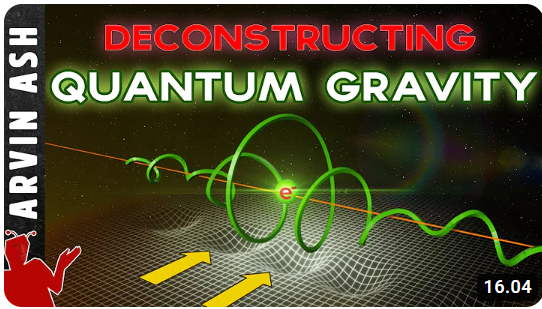Exciton fission can revolutionize photovoltaic cell technology.
"Emergence of the bitriplet exciton in crystalline pentacene. Photovoltaic technology, which converts light into electricity, could be significantly upgraded by a process called exciton fission found in materials like pentacene, wherein one photon excites two electrons. Credit: © TU Berlin" (ScitechDaily.com/Exciton Fission Breakthrough Could Revolutionize Photovoltaic Solar Cell Technology)
In that image, the exciton's electron hole is in the middle of the graphene. The electron orbits the structure outside it. And then, the electron orbits the graphene structure outside it. That makes this electron will act like an antenna. That transports energy in that structure. When an electron orbits the graphene its energy level rises. If some electron from outside that exciton fills the hole, it sends the electron in some direction. And that thing means that the exciton will divide. This process can also be called exciton fission. Another version of that reaction is that an electron hits between the electron and its hole. And that energy splits exciton sending the electron and its hole in opposite directions.
Exciton fission is the thing that can make photovoltaic cells more powerful than ever before. Excitons are quasiparticles that form when electron starts to orbit their hole. That thing means that theoretically, excitons can form virtual material that acts like regular material. So theoretically is possible to burn excitons like hydrogen, because that electron interacts with the environment like a hydrogen atom's electron.
Chemical reactions are reactions between electron shells. And that thing means that the exciton can at least theoretically make similar reactions as "real" atoms. The exciton fission means that the electron will separate from its hole. That thing can make by inputting another electron between an electron and its hole. Or in some other model, another electron fills the exciton's electron-hole. And that releases electrons from its orbiter.
In that image, the string in the middle of the ring-shaped trajectory can be the series of electron holes. And particle that orbits that string could be an electron. So that thing could be a series of axions. The electron that orbits the series of holes will pump energy to them. And maybe legendary wormholes are a series of holes in the Higgs field.
Excitons in quantum stealth and antigravitation are from the quantum gravitation model. Quantum gravitation is the important thing because that thing is the gravitational effect between the smallest possible objects in the universe. And the smallest possible objects forming larger entireties.
The model of quantum gravitation is seen in the still image. That is taken from the film below it. The small object that rotates the string-looking structure forms the pothole in the gravitational- (or quantum field). There are two possibilities for how that object makes that.
It could pull energy out from the energy field or increase the power of the gravitational field. The pothole is the curvature of the universe or spacetime. And those potholes are the thing that makes gravitation.
One version of gravitation forms when some particle orbits a very thin string or radiation ray. In some theories, gravitation is radiation. Or a very thin quantum field that travels through the elementary particle. When that string travels through a particle it pushes the Higgs field away from the other side. And that thing acts like a rocket.
Does the object pull energy out from that quantum field, or does it transport more energy to that field depending on the direction gravitation effect? When that object travels through that quantum field that field transfers energy to that object. Or other ways, the object or particles can take energy from invisible very thin strings that they orbit.
Excitons can be used to create quantum stealth. In that model, excitons form quantum propellers that kick photons into a certain direction. Those quantum propellers can deny the reflection from the surface. That thing is one of the most interesting things that excitons can use. But the excitons can also use for things like tractor rays and levitation systems.
The chain of excitons can create a quantum tornado. In that model, excitons are put in the flat position. So series of hole-electron pairs can make the quantum tornado possible. There is electromagnetic low pressure in that structure. That thing means that those excitons can use to move objects. And if those quantum tornadoes are made up of the object, those EM tornadoes will pull it up.
https://scitechdaily.com/exciton-fission-breakthrough-could-revolutionize-photovoltaic-solar-cell-technology/
https://en.wikipedia.org/wiki/Exciton
https://artificialintelligenceandindividuals.blogspot.com/






No comments:
Post a Comment
Note: Only a member of this blog may post a comment.